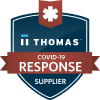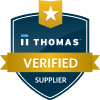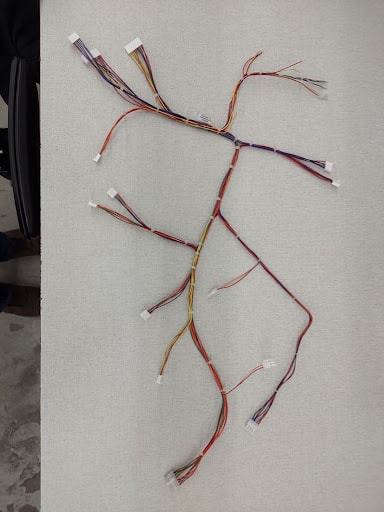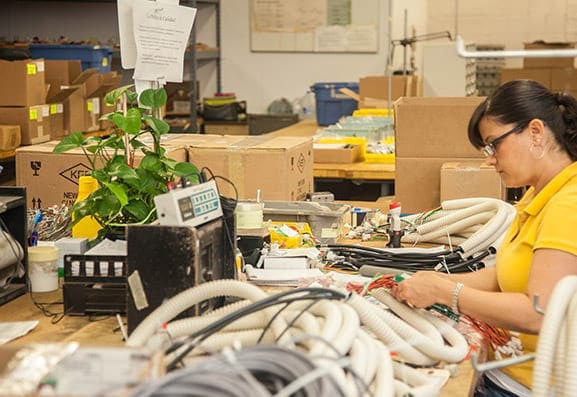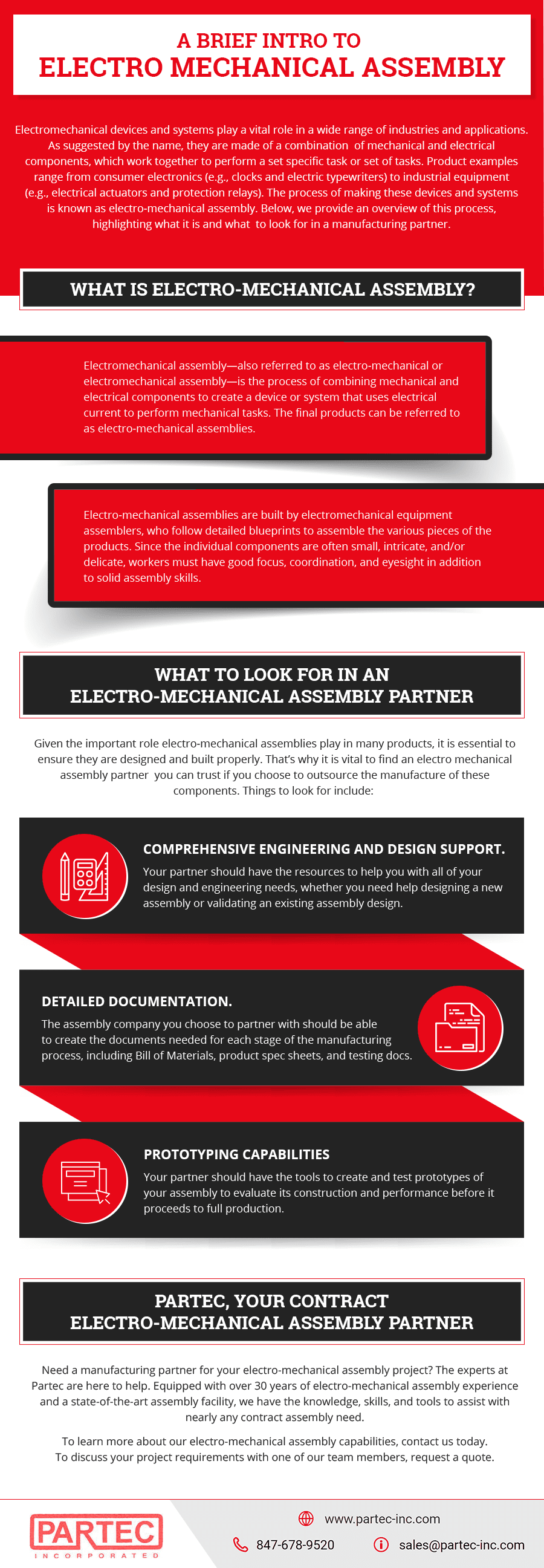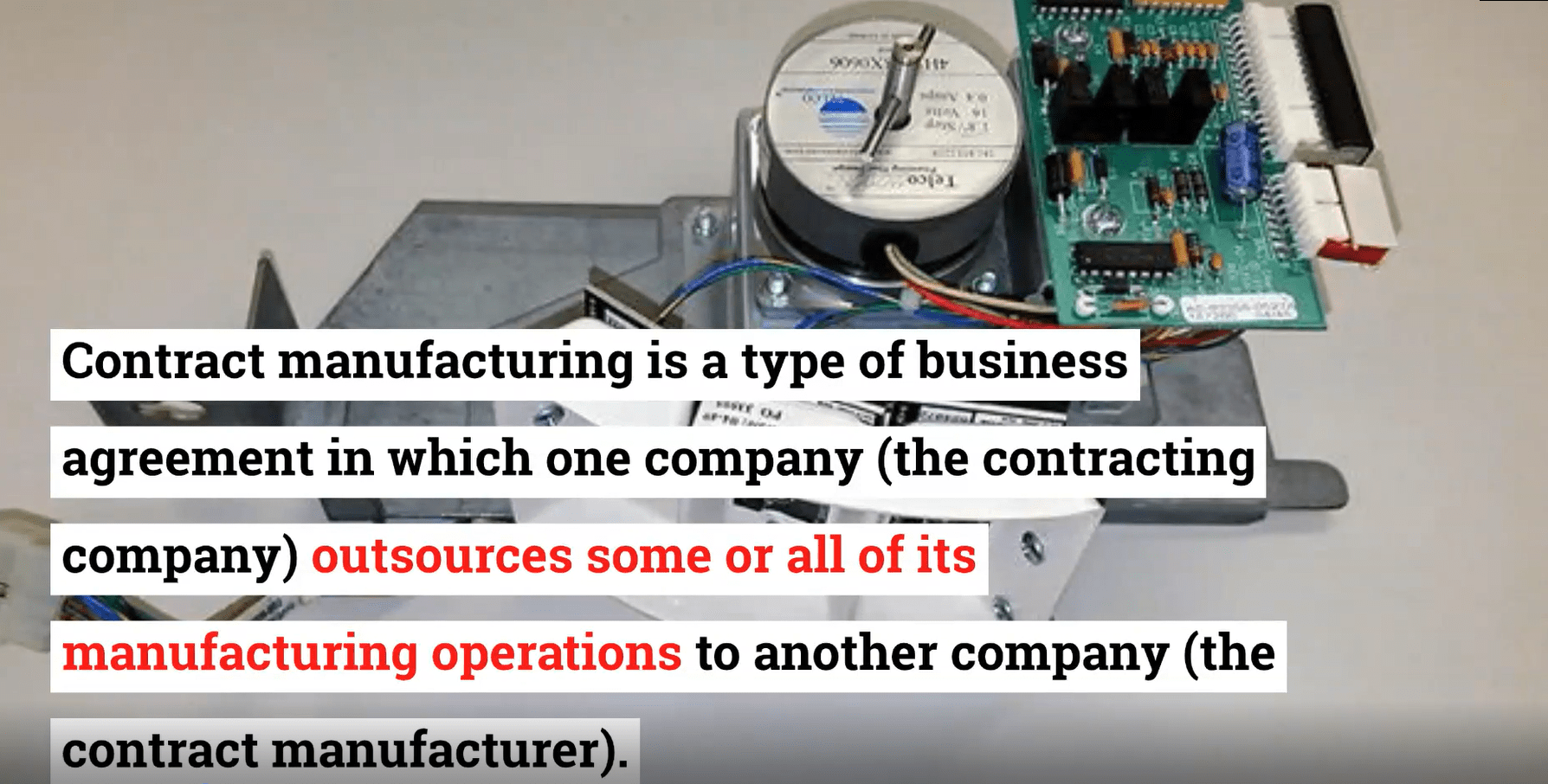Wire Harness Care Tips & Tricks
In electronics and mechanical systems, the integrity of your components should be a priority. When it comes to wire harnesses, this is especially true. But, what is a wire harness? In short, it’s a streamlined solution for bundling multiple wires together into a single and manageable assembly. This organization helps complex systems maintain electrical and mechanical reliability. Wire harnesses are also designed to meet different performance conditions and environments such as extreme temperatures, exposure to chemicals and moisture, and other external forces.
One of the benefits of wire harnesses is that they can save time and money by reducing the amount of assembly work required. However, in order to maintain their effectiveness, it’s important to properly care for wire harnesses and know how to remove them when necessary. Another advantage of wire harnesses is their ability to reduce the risk of potential hazards such as short circuits, electrical fires, and damage to delicate components.
At Partec Inc., we understand the intricacies of cable and electromechanical assembly. This allows us to ensure our clients have access to the expertise and solutions they require for success.
Maintenance and Care for Wire Harnesses
The longevity of a wire harness will depend upon its maintenance. By regularly cleaning wire harness connectors, it’s possible to prevent connectivity issues. Simply wipe the connectors gently with a soft, dry cloth and use an appropriate cleaning agent that allows you to remove dirt, and, thus, prevent corrosion.
It’s also important to ensure that all components in the wire harness are dry and free from residue. This is to avoid them attracting dust or leading to oxidation. Using compressed air is an effective method for dislodging debris in areas that are hard to reach. You should conduct regular maintenance proactively to mitigate the risks of potential electrical failures and ensure that your systems remain operational and efficient.
Preventive Measures to Protect Wire Harnesses
Beyond maintenance, it’s good practice to take preventive measures to extend the life of your wire harness. You can prevent physical damage and degradation by properly securing your wire harness and keeping it away from sharp edges or high-temperature areas. Protective sleeving or conduit can also be incorporated to shield the harness from environmental hazards like moisture, chemicals, and UV exposure.
It’s also important to regularly check for signs of fraying or insulation damage and address them immediately. By implementing these strategies, you can enhance the durability of your wire harnesses and maintain optimal electrical performance.
Choose Partec, Inc. As Your Wire Harness Partner
At Partec Inc., we’re committed to providing the expertise and services needed to keep your systems running smoothly, from cable and harness assembly to full system integration. Let us help you ensure that your wire harnesses and projects are set up for success.


